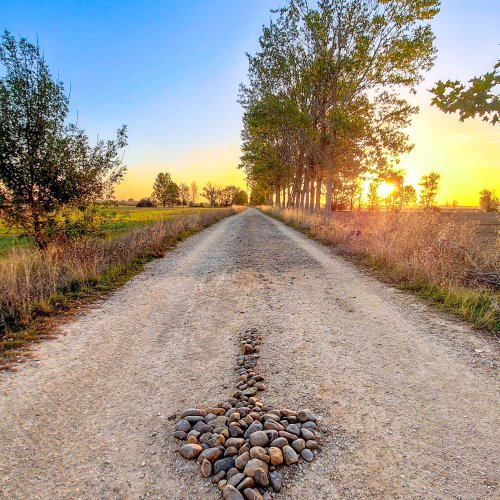Lmsundaze
Active Member
- Time of past OR future Camino
- CF (2016), CP (2017)
I am starting my first camino in April next year. I live in coastal North Carolina, where it is completely flat, and am concerned about being prepared for hills on the Camino. Setting the treadmill to incline works for cardiovascular fitness, but my big worry is downhills -- no way to practice, I am not young (will be turning 70) and would appreciate any advice for getting ready. My one thought is avoid the steepest downhills by taking the bus, have osteoporosis, want to avoid injury.












